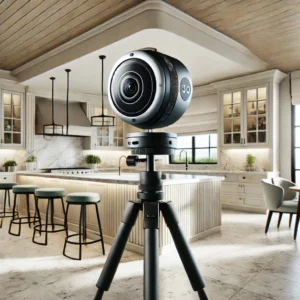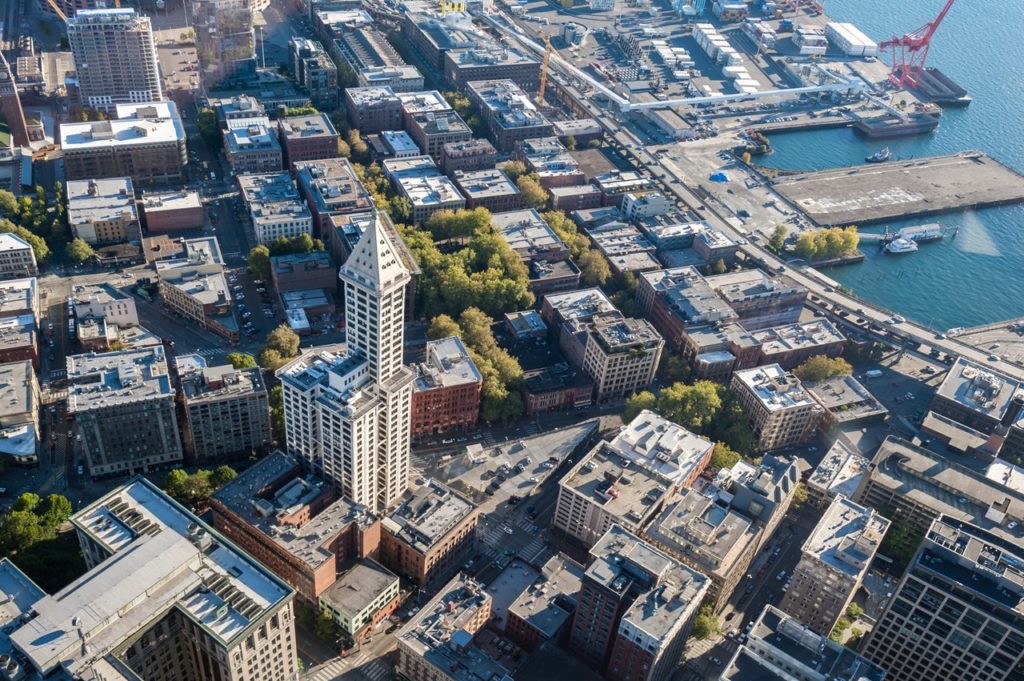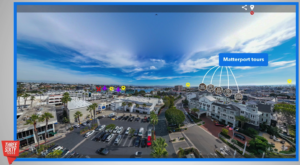
How To Do Virtual Tour Photography
How To Do Virtual Tour Photography Learn the Ins & Outs of Virtual Tour Photography Overview Master the art of
Easy to Use Virtual Tour Software
Panoramic pictures capture the world in a unique, wide format that tells a story in breathtaking detail. Whether you’re a photographer, real estate agent, or adventurer, mastering panoramic photography can elevate your visuals to new heights. This guide covers essential tips for taking stunning panoramic pictures, explains what they are, and shows you how to shoot them like a pro. Ready to improve your skills? Read on!

Panoramic pictures are wide-format images that capture a field of view greater than what the human eye typically perceives in a single glance. These images combine multiple photos stitched together to form a seamless, immersive perspective. Panoramic photography is widely used in landscapes, real estate, virtual tours, and architecture to provide a detailed and expansive view of the scene.
Unlike standard photos, panoramic pictures emphasize both horizontal and vertical depth, making them ideal for storytelling through visuals. Today, modern cameras and editing software simplify creating panoramic pictures, enabling anyone to create these captivating images with the right techniques.
Once you create several panoramic pictures, you can combine them to create a virtual tour. Here’s a great article on how to create a virtual tour.
Taking panoramic pictures requires a combination of the right gear, technique, and post-production skills. You will need a 360 degree camera. If you dont have one then here is a great article on The Best 360 Cameras for Virtual Tours to get you started.
There are many options out there. Popular options include:
See a picture of each below.
Here are the foundational steps to get started:
With these steps in mind, let’s dive deeper into the specific tips and techniques to enhance your panoramic photography skills.
A well-leveled tripod is essential for aligning images in your sequence. Even the slightest tilt can cause issues during the stitching process. Invest in a tripod with a built-in bubble level or use a spirit level attachment.
Pro Tip: Attach the lens directly to the tripod (if possible) instead of the camera body to reduce distortion. Panoramic tripod heads with degree markings (0-360°) make precise adjustments easier.
Smooth and consistent camera movement is crucial when taking panoramic pictures. Practice rotating your camera on the tripod to develop muscle memory.
Try This: Dedicate time to practicing in non-critical settings, like your backyard. Start slow and gradually increase your speed while ensuring each frame overlaps correctly.
Contrary to popular belief, longer focal lengths (e.g., 50mm or 85mm) often work better for panoramas than wide-angle lenses. Why? Longer lenses compress the scene, bringing details into focus while reducing distortion at the edges.
When you stitch multiple frames shot in portrait orientation with a longer lens, you’ll achieve a wide view without sacrificing detail in the foreground and background.
Switch to manual mode to maintain consistent exposure throughout your sequence. Variations in lighting across frames can make stitching difficult.
Aperture Tip: Use small apertures (f/11 or f/16) to keep the entire scene sharp. Avoid automatic exposure adjustments that can vary based on the brightness of individual frames.
While panoramic pictures are often associated with wide horizontal shots, using portrait orientation (vertical framing) allows you to capture more detail in the foreground and sky.
Pro Tip: Combine portrait and landscape orientation shots if needed, especially for scenes with tall elements like mountains or buildings.
Always take more frames than you think you’ll need, ensuring 30-50% overlap between each shot. This gives stitching software more data to align images accurately, reducing the chances of cropping out important details.
When shooting outdoors, elements like clouds, water, or passing people can shift quickly, making the stitching process harder. Work quickly to minimize inconsistencies caused by movement.
Perform lens corrections and remove chromatic aberration before merging your photos. Even slight distortions can cause visible errors in the final panorama. Most editing software has built-in tools for these adjustments.
Graduated Neutral Density (GND) filters are ideal for balancing exposure between bright skies and darker foregrounds. This is especially useful for panoramic pictures with a prominent horizon line.
Tip: Apply the GND filter consistently across all frames to avoid mismatched exposures during stitching.
When shooting multiple panoramas or combining them with HDR sequences, it’s easy to lose track of which images belong to which set.
Solution: Use a system to mark the beginning and end of a sequence. A simple trick is taking a shot of your hand or a piece of paper at the start and end of each set.
Now that you have mastered the techniques to capture stunning panoramic pictures, the next step is showcasing them to the world. A platform like threesixty.tours is the perfect solution for hosting and sharing your panoramic images, whether you’re a photographer, real estate agent, or organization looking to create immersive experiences. Here’s why threesixty.tours is an ideal choice:
Threesixty.tours is designed with simplicity in mind, so you don’t need to be tech-savvy to get started. Uploading your panoramic pictures is straightforward, and the intuitive drag-and-drop interface allows you to build virtual tours effortlessly. Within minutes, you can create a professional-looking interactive experience that showcases your work in the best light.
Whether you’re a first-time user or a seasoned professional, threesixty.tours caters to all levels of expertise. The platform provides step-by-step guidance, making it easy to organize your panoramic pictures into engaging virtual tours. Your viewers can navigate these tours seamlessly on desktop or mobile devices, ensuring a smooth and enjoyable experience for everyone.
High-quality hosting for your panoramic pictures doesn’t have to break the bank. Threesixty.tours offers flexible pricing plans, ensuring affordability for individual photographers, real estate agents, and large organizations alike.
Whether you need a basic plan for a few projects or a premium package for extensive virtual tours, there’s an option to suit your needs. Check out our complete and transparent pricing here.
Threesixty.tours goes beyond just hosting your panoramic pictures. The platform offers advanced features, such as:
Whether you’re in real estate, education, hospitality, or tourism, threesixty.tours offers the flexibility to tailor your panoramic tours to your specific audience. For example:
Below is a 3 minute video showing you how to add a panorama to threesixty.tours. 3 minutes, its that easy!
Creating stunning panoramic pictures is a rewarding skill that allows you to showcase landscapes, architecture, and scenes in their full glory. By leveling your tripod, practicing camera movements, using longer lenses, and perfecting your post-production workflow, you can create images that captivate viewers.
Ready to turn your panoramic pictures into interactive virtual tours? Share your creations on threesixty.tours and explore how our platform can bring your panoramas to life. Sign up today and transform your images into unforgettable experiences!

How To Do Virtual Tour Photography Learn the Ins & Outs of Virtual Tour Photography Overview Master the art of

GoPro Recommended SD Card The Ultimate Guide to Maximizing Performance Overview Choosing the right SD card for your GoPro is

AI Panorama – How to Create Virtual Tours using AI How to Take Advantage of AI to Create Better Virtual

Why an Aerial View of the Layout of Each Room Matters how aerial 360-degree views can transform how clients engage

Gopro Max Battery Life Learn How To Make the Best Out of The Battery Overview Discover essential tips and techniques

Best Matterport Alternative for Virtual Tours in 2024 Create Virtual Tours Without Breaking the Bank Overview Looking for a Matterport